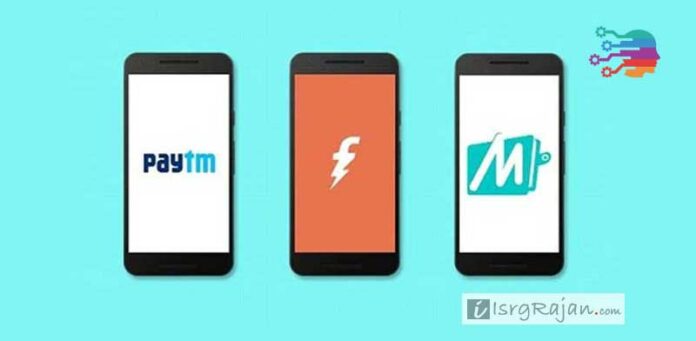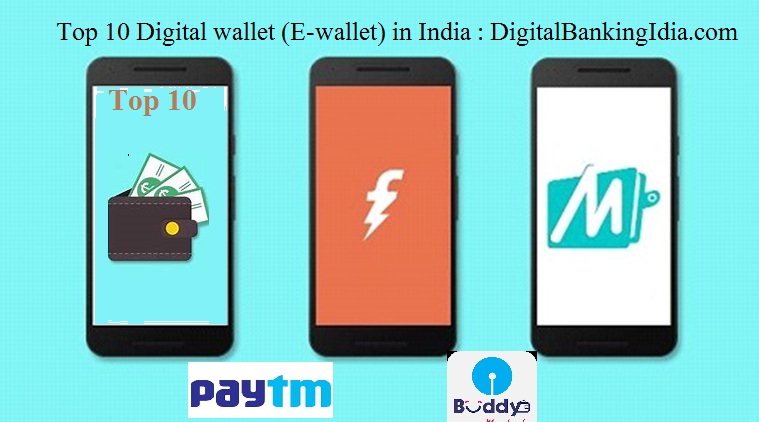

It is estimated that the two leading digital wallet operators in the country together have over 117m stored value wallet accounts. The key driving factors for electronification of payments in India are increasing smartphone penetration, growth in digital commerce, improvement in computer literacy, access to internet and broadband, and supporting regulations.ĭigital prepaid wallet operators have gained widespread adoption in recent times and have built a substantial consumer base.

Banks have traditionally played a central role in providing payments services however, the landscape is evolving with active participation from nonbanks in the electronic payments and remittance space.

The payments industry is growing rapidly, driven by aspirational consumers, rising personal consumption expenditure, urbanization and electronification. Non-bank players such as telcos (through mobile money services) and business correspondents (BCs) - entities that assist banks in providing basic banking services in rural areas - have also contributed toward financial inclusion. The Government of India and the central bank have laid significant emphasis on financial inclusion and making banking and payment services accessible to all. However, till date a large proportion of India’s population is unbanked and has limited access to technology-enabled financial services. India is traditionally a cash-based economy, with the value of physical currency in circulation estimated to be over 11% of GDP, one of the highest among emerging economies.


 0 kommentar(er)
0 kommentar(er)
